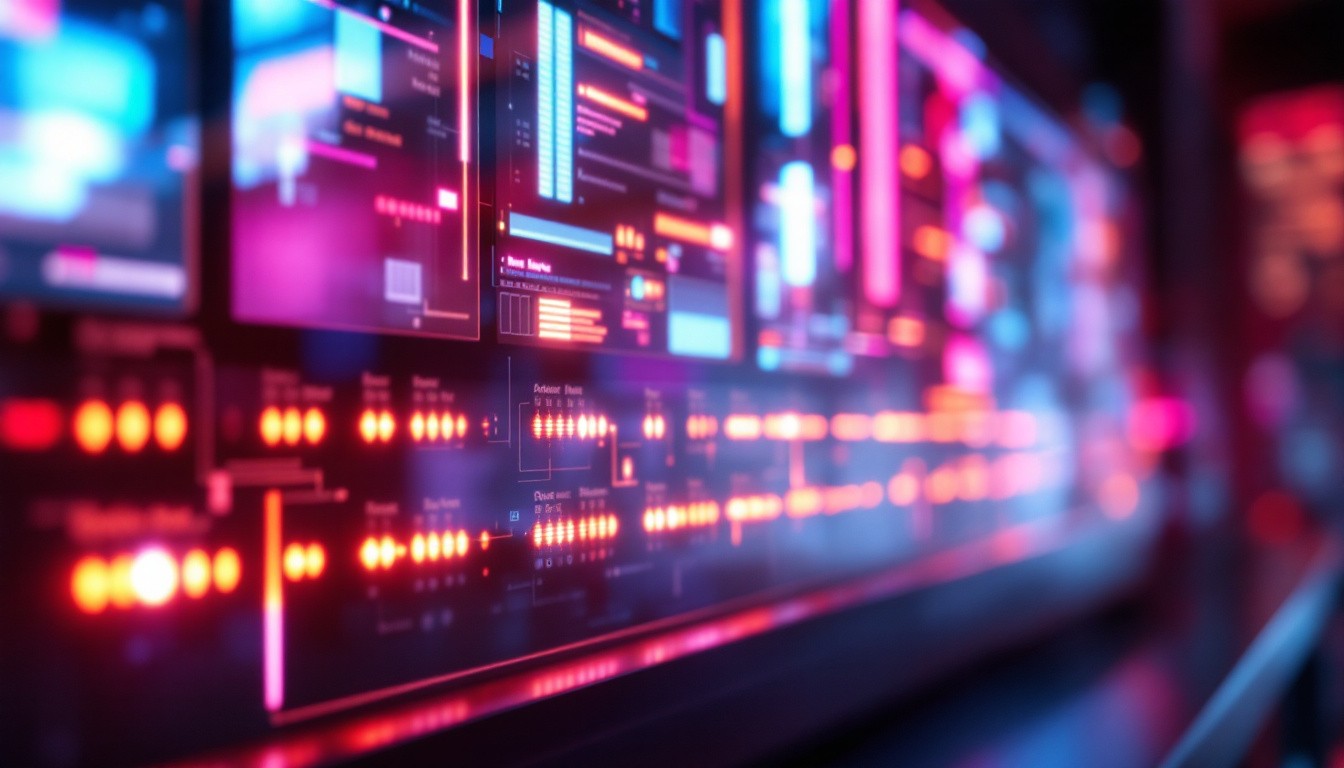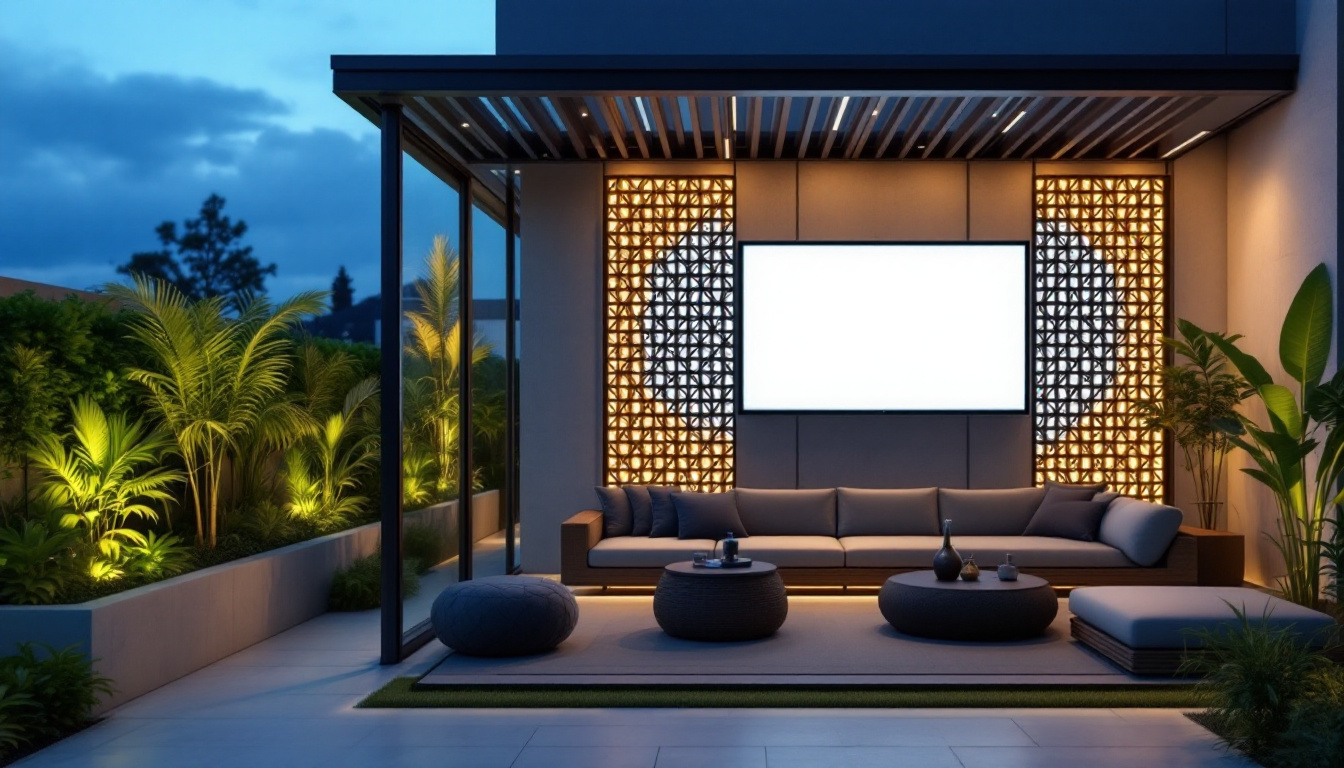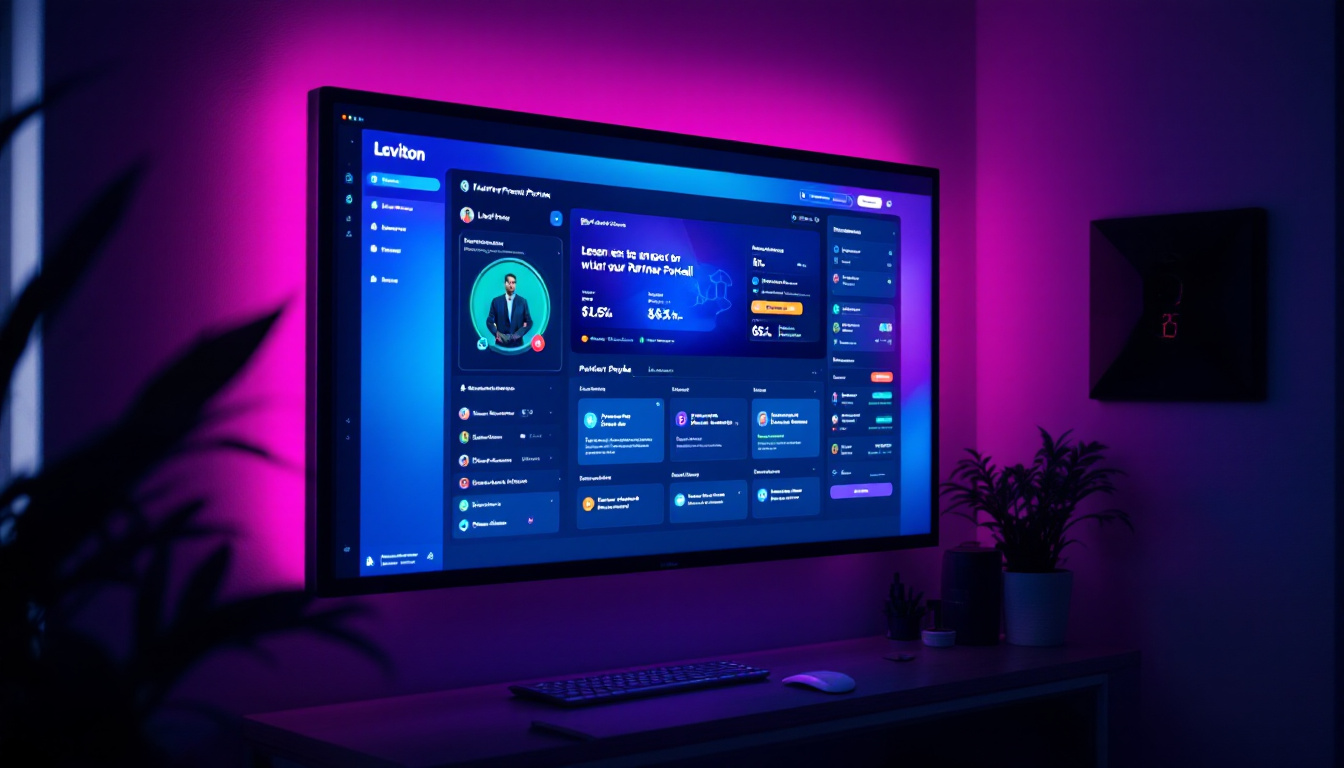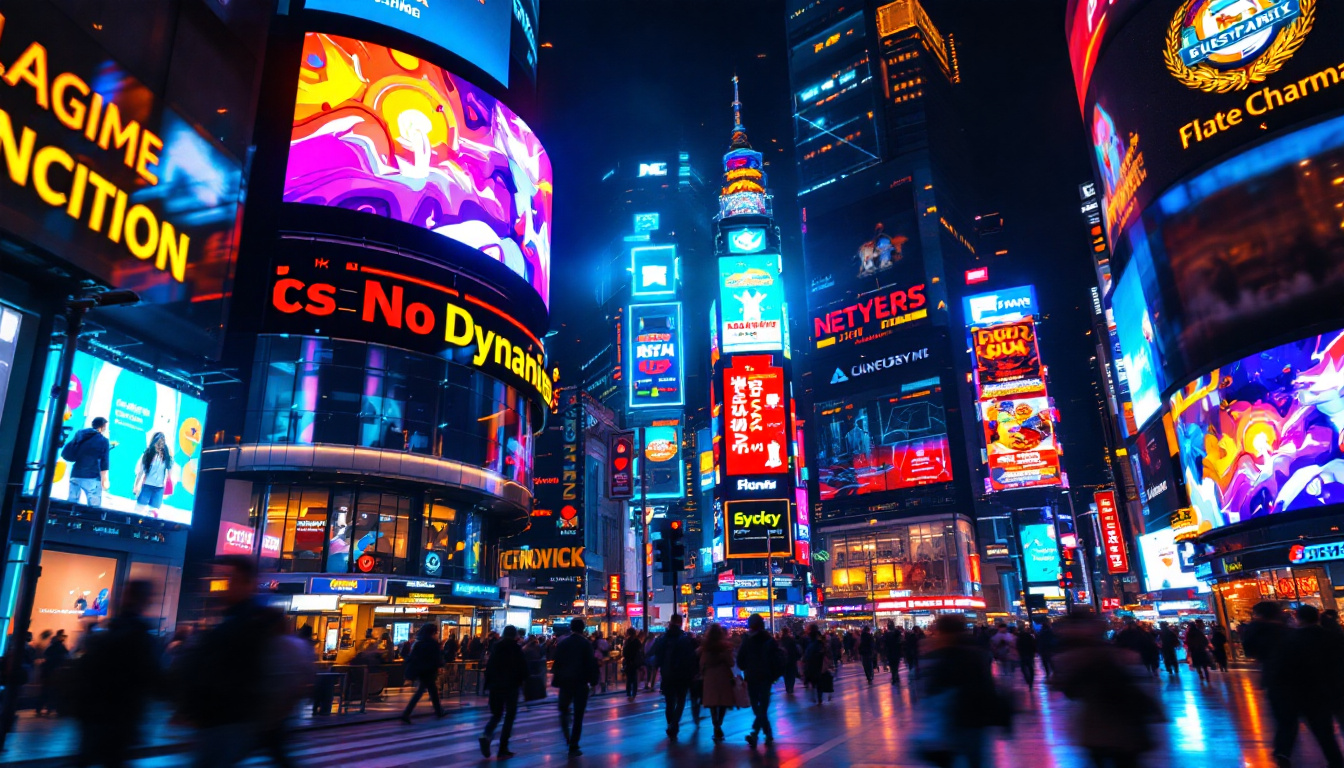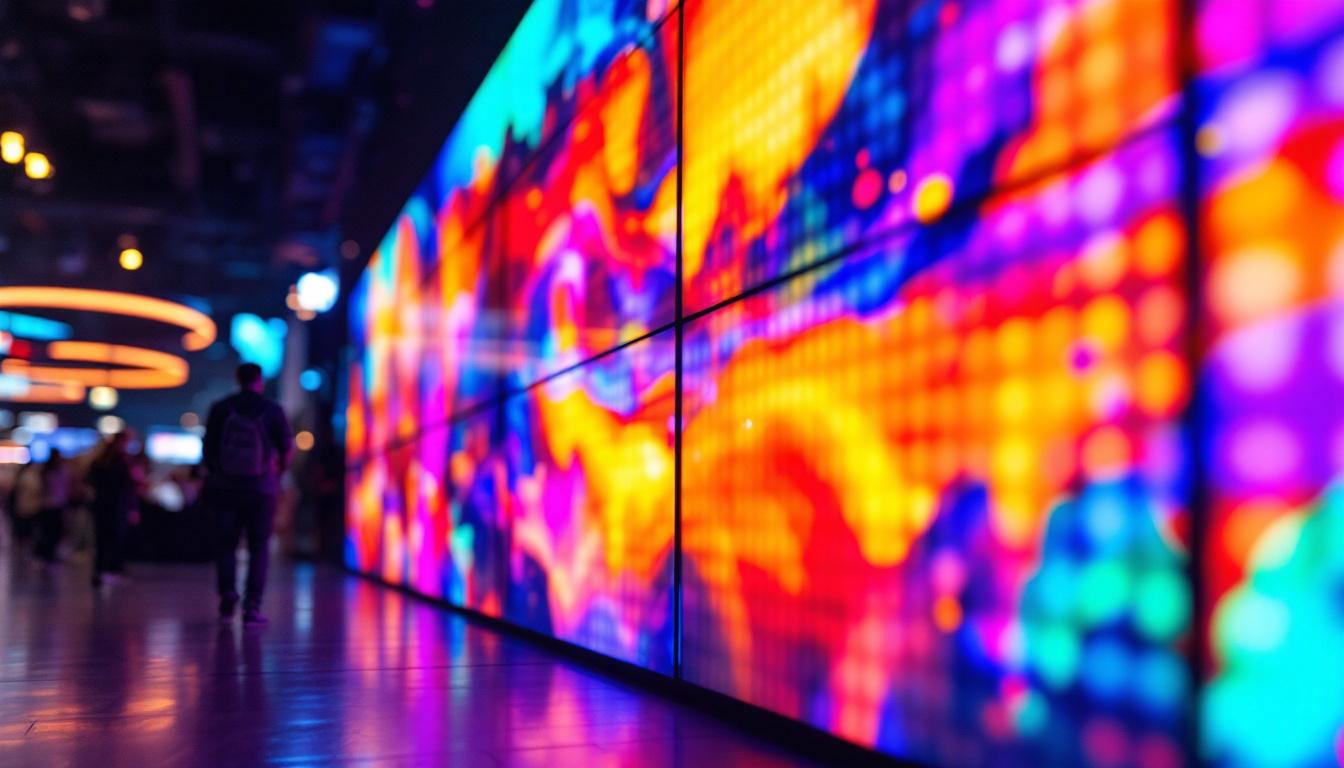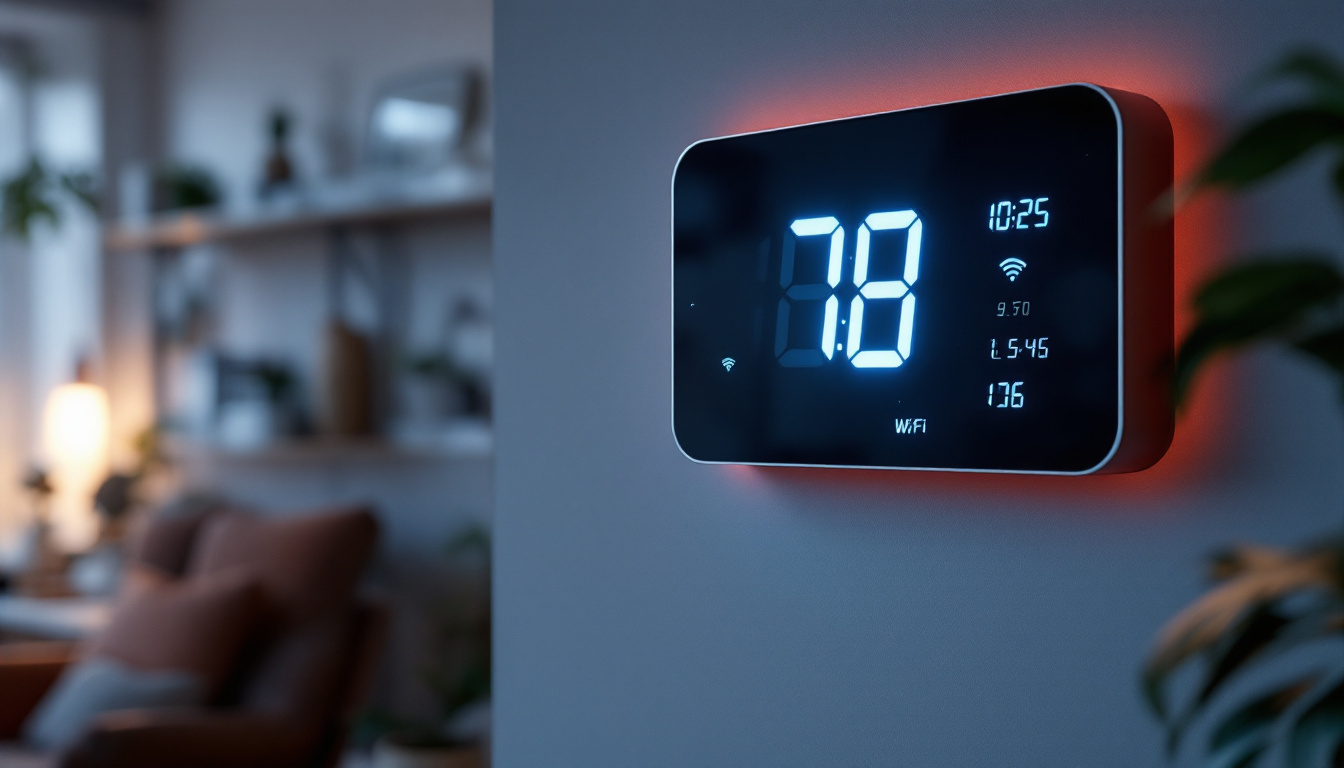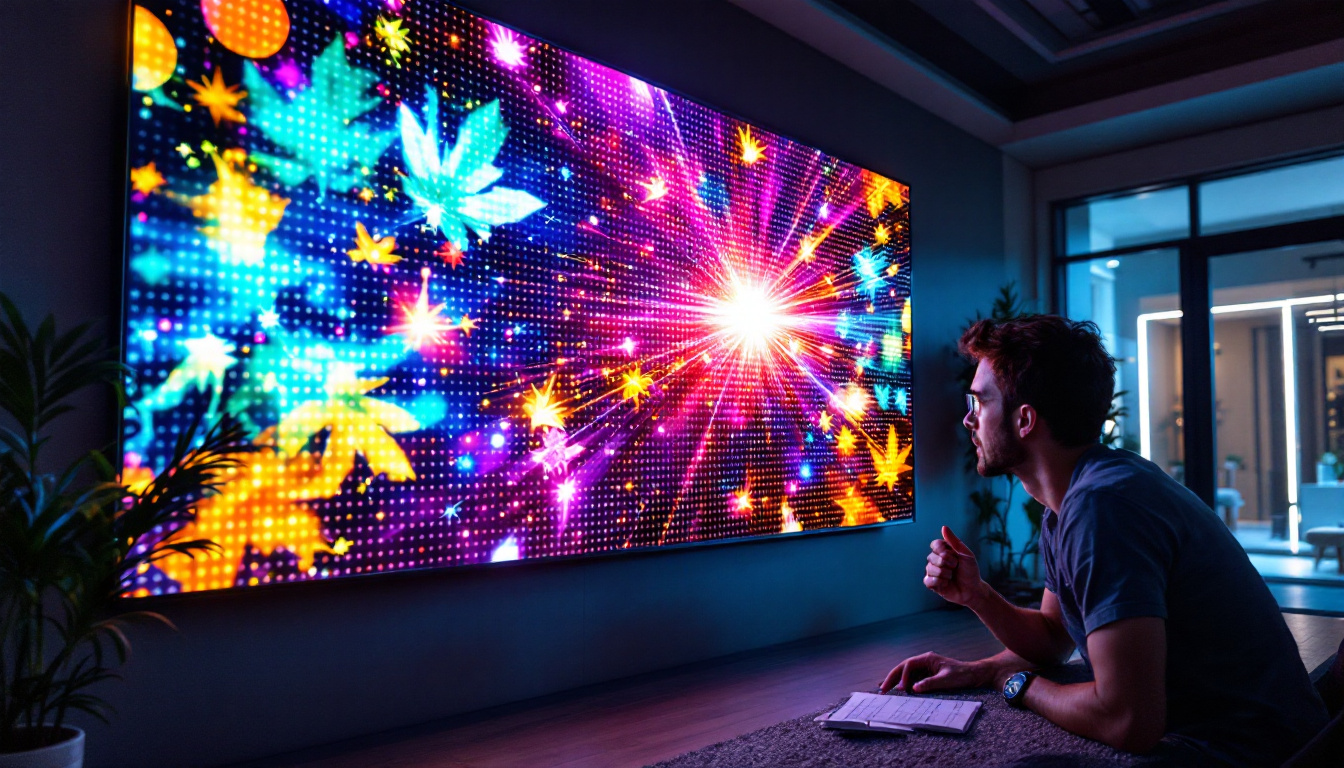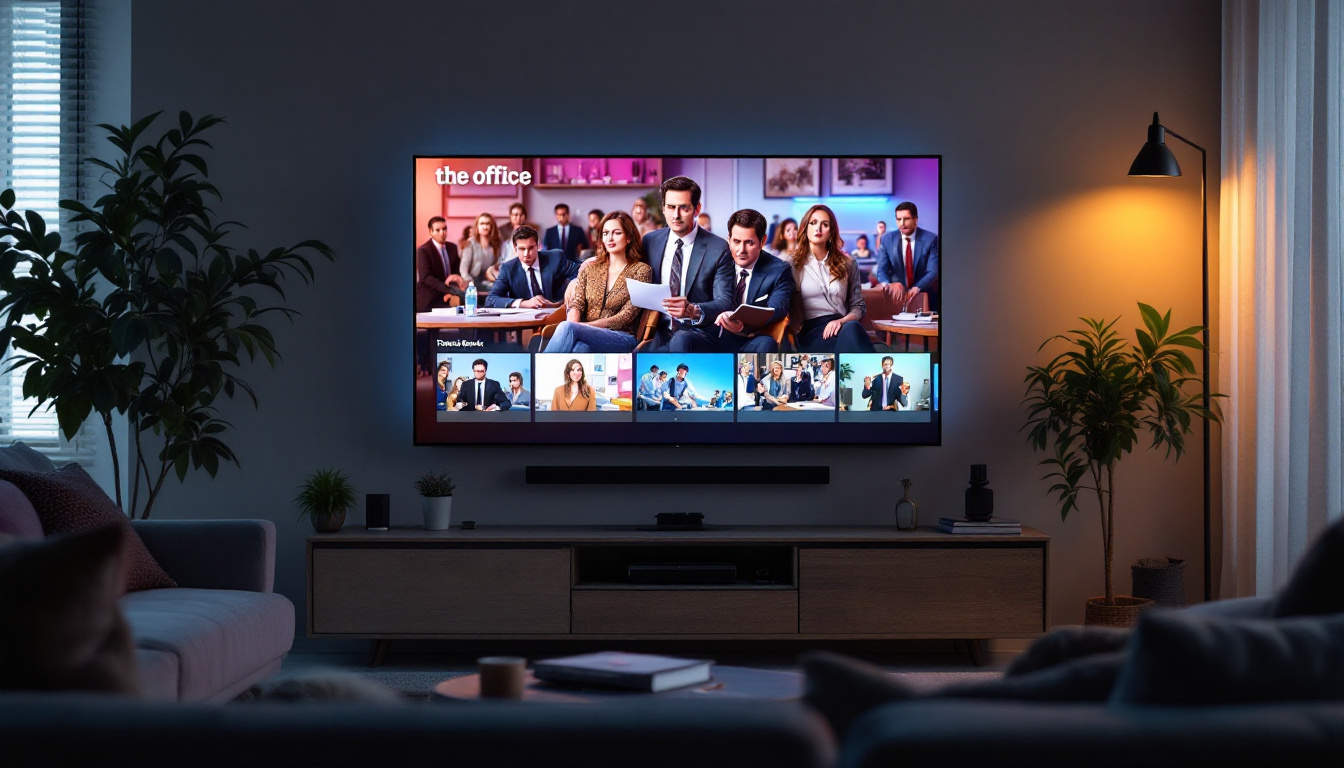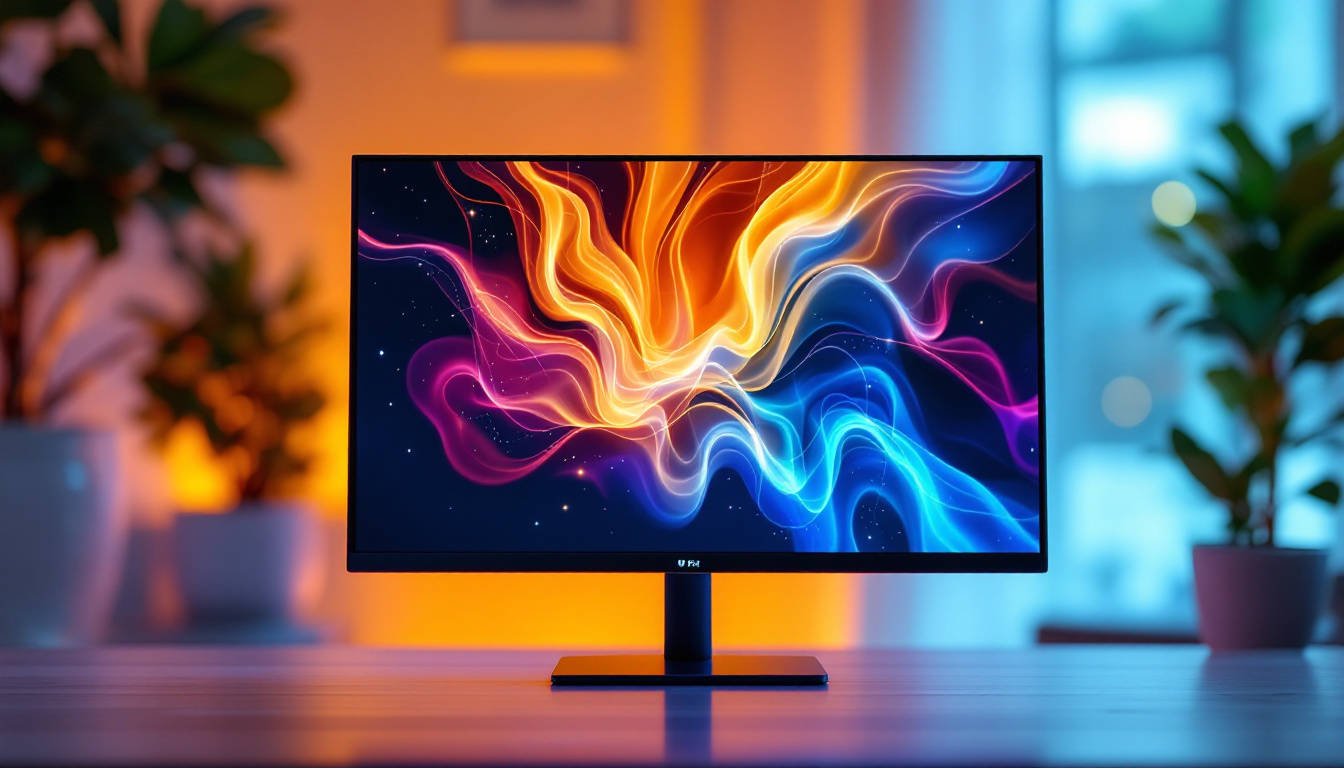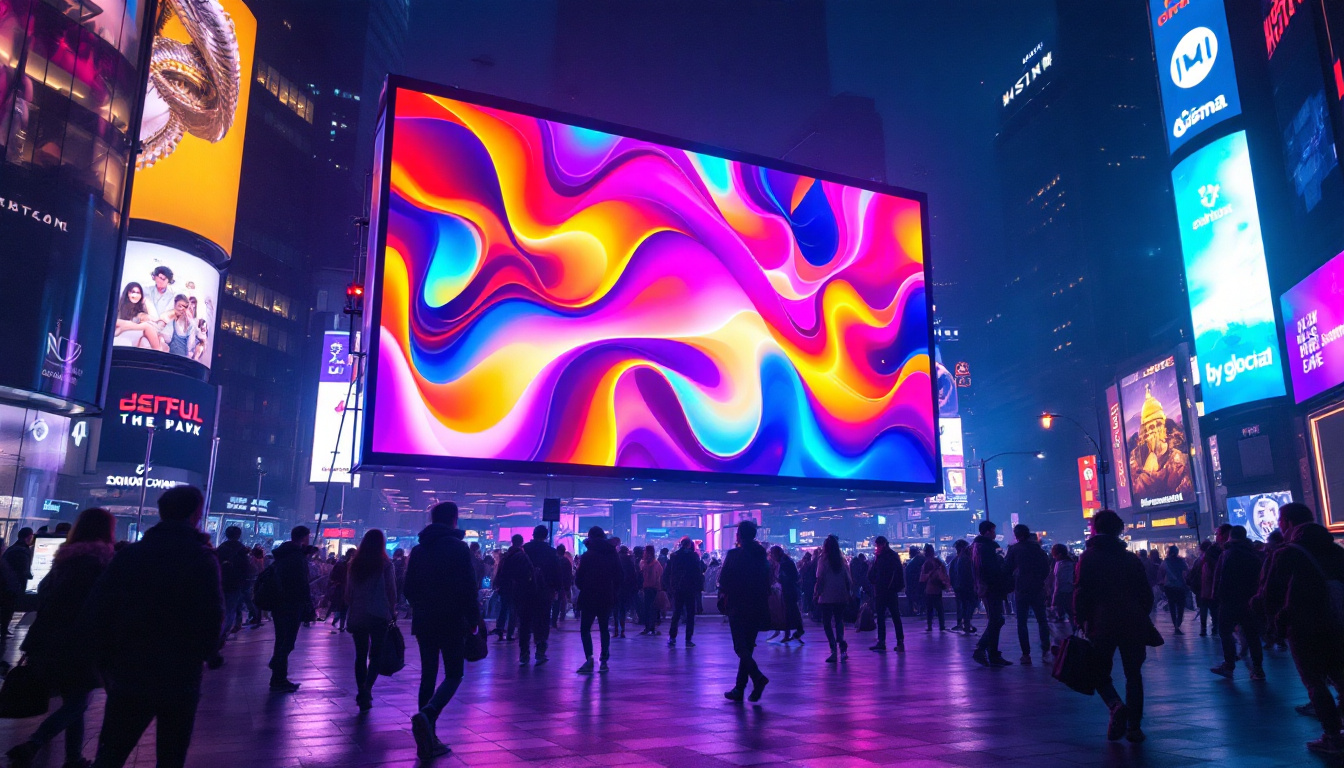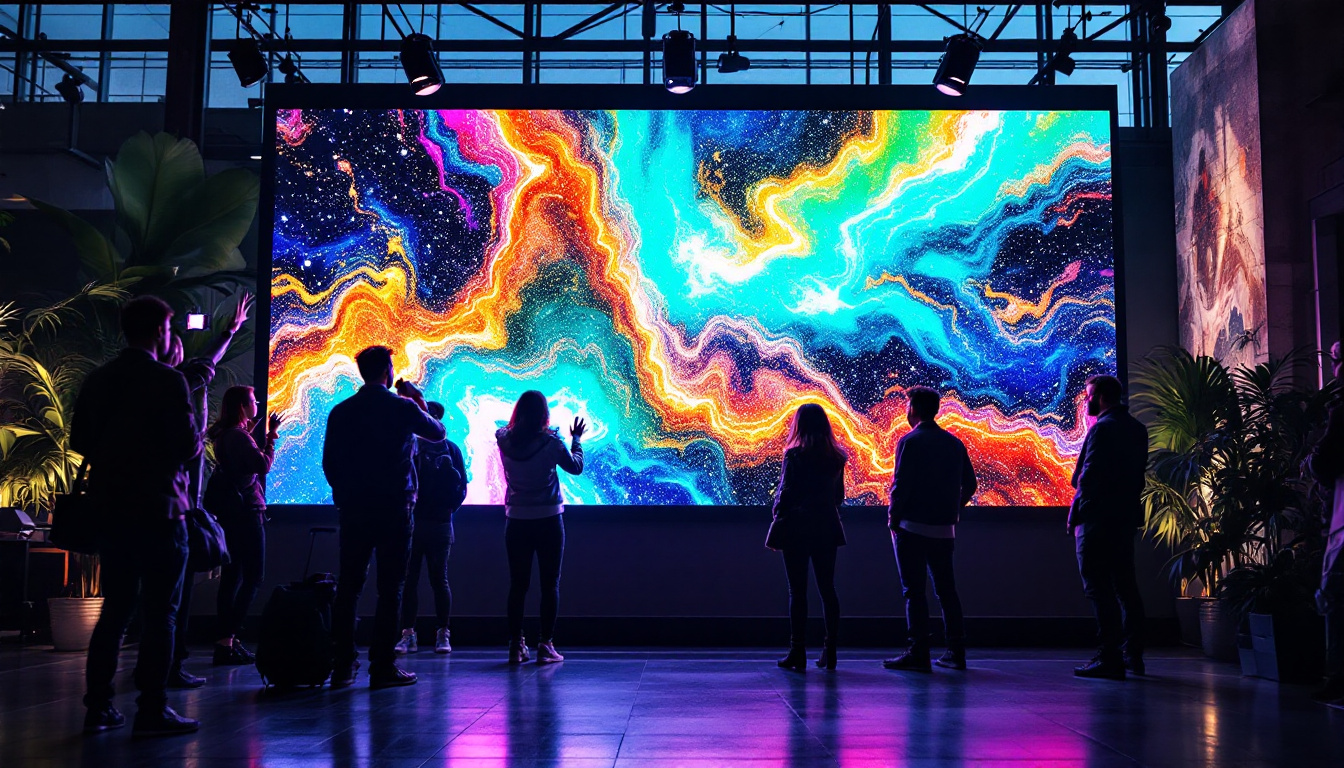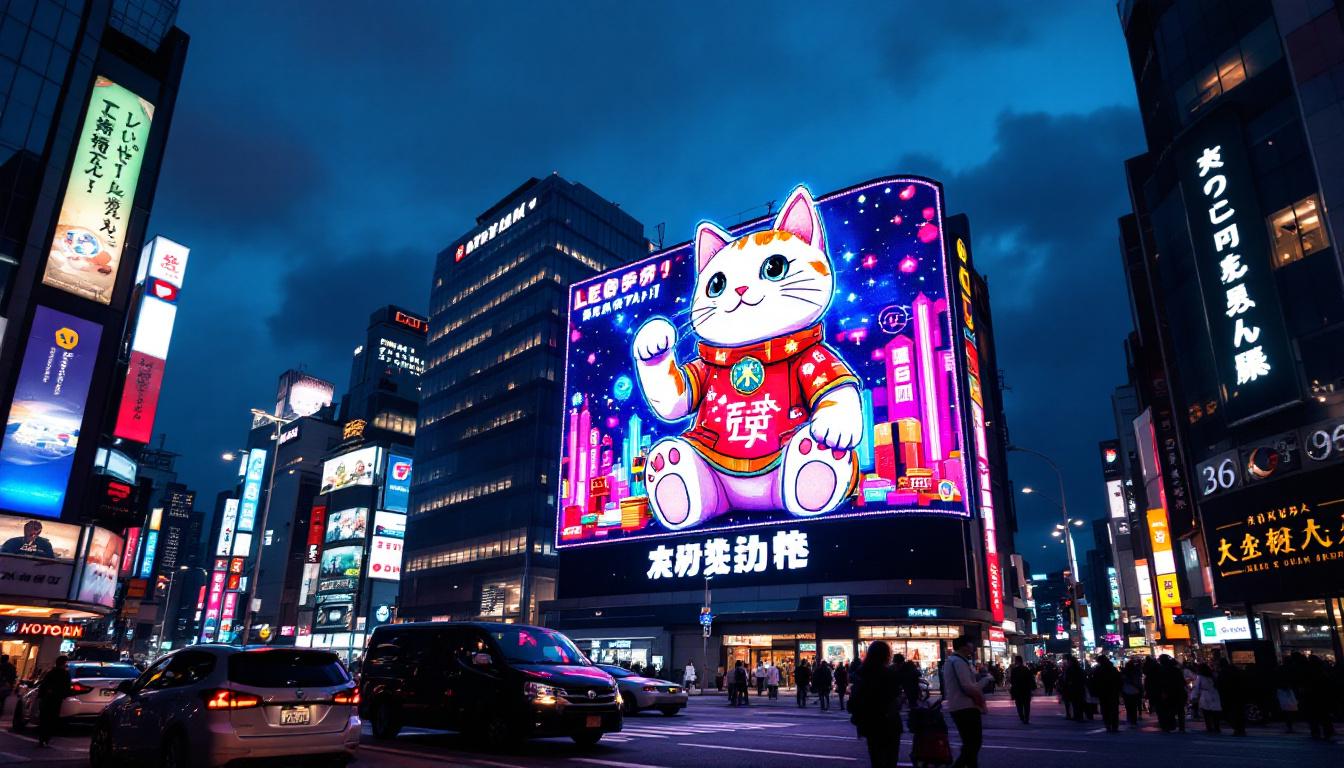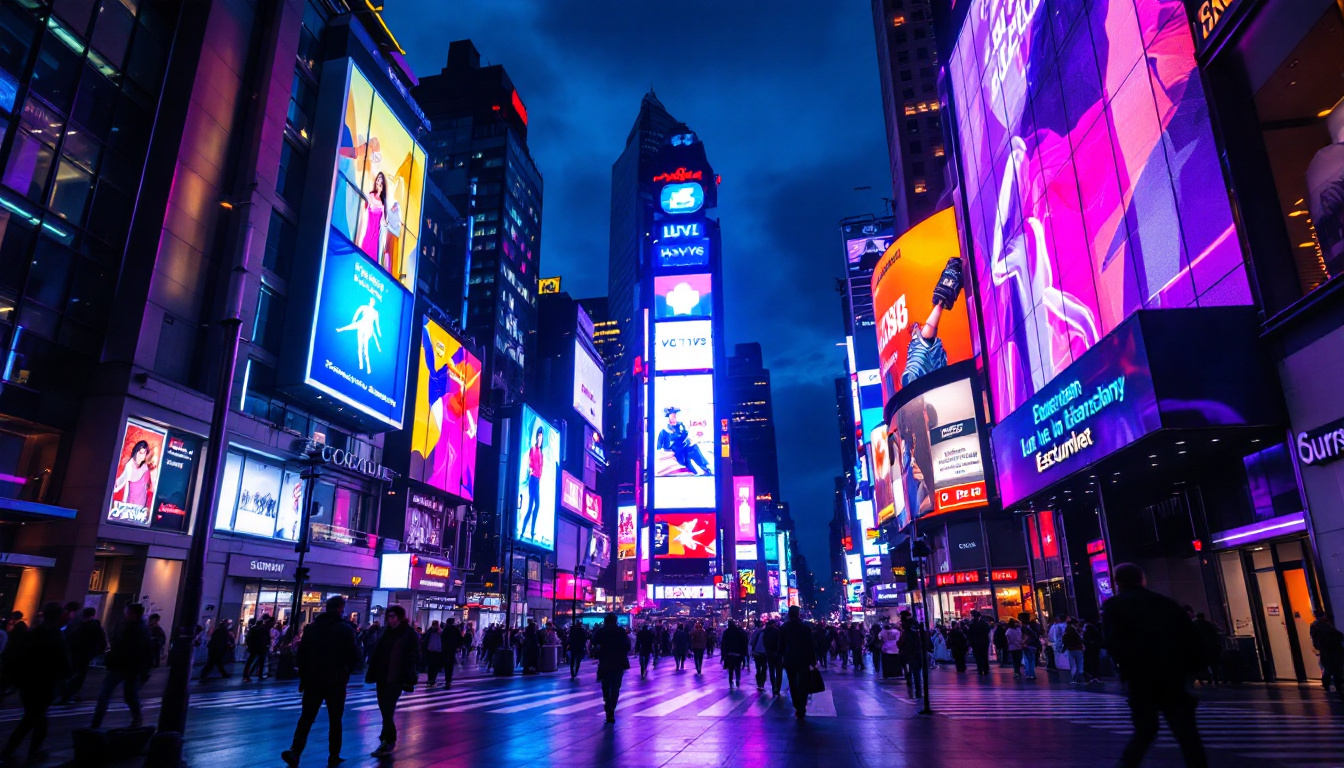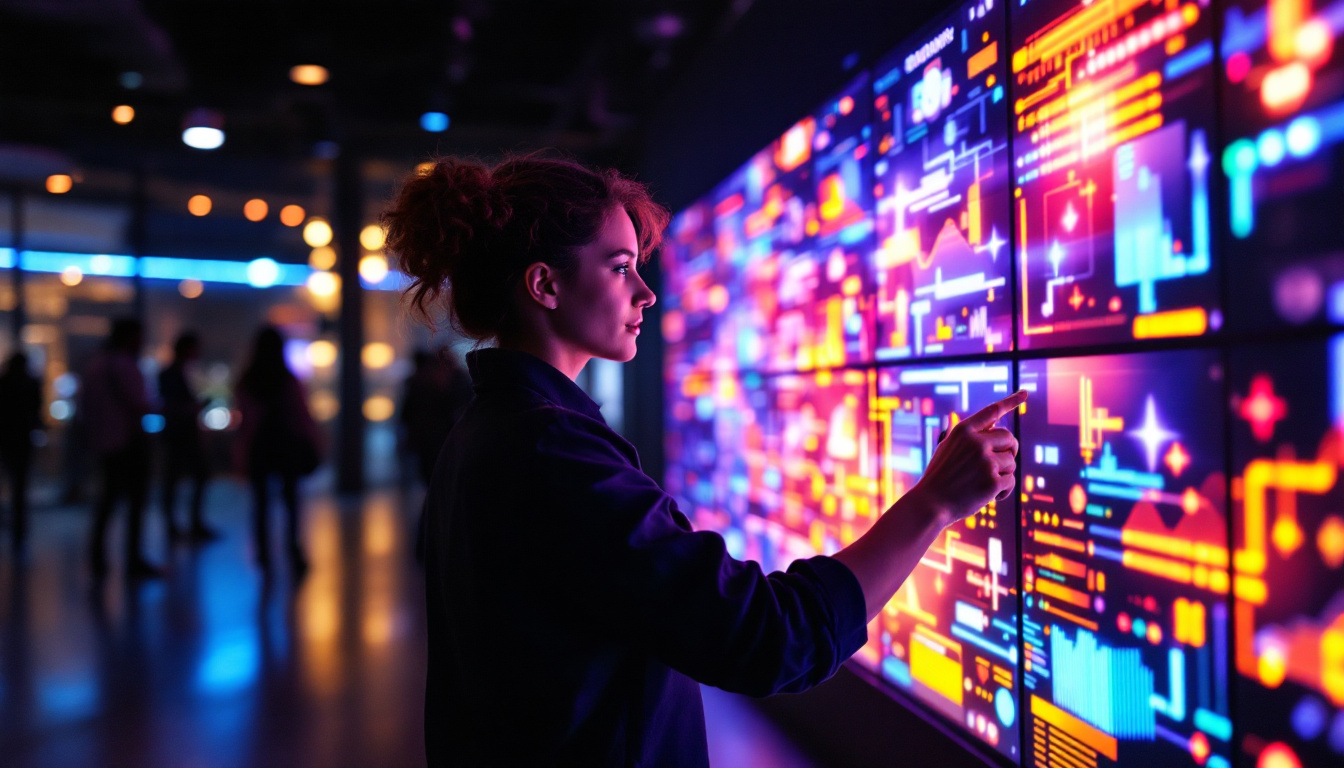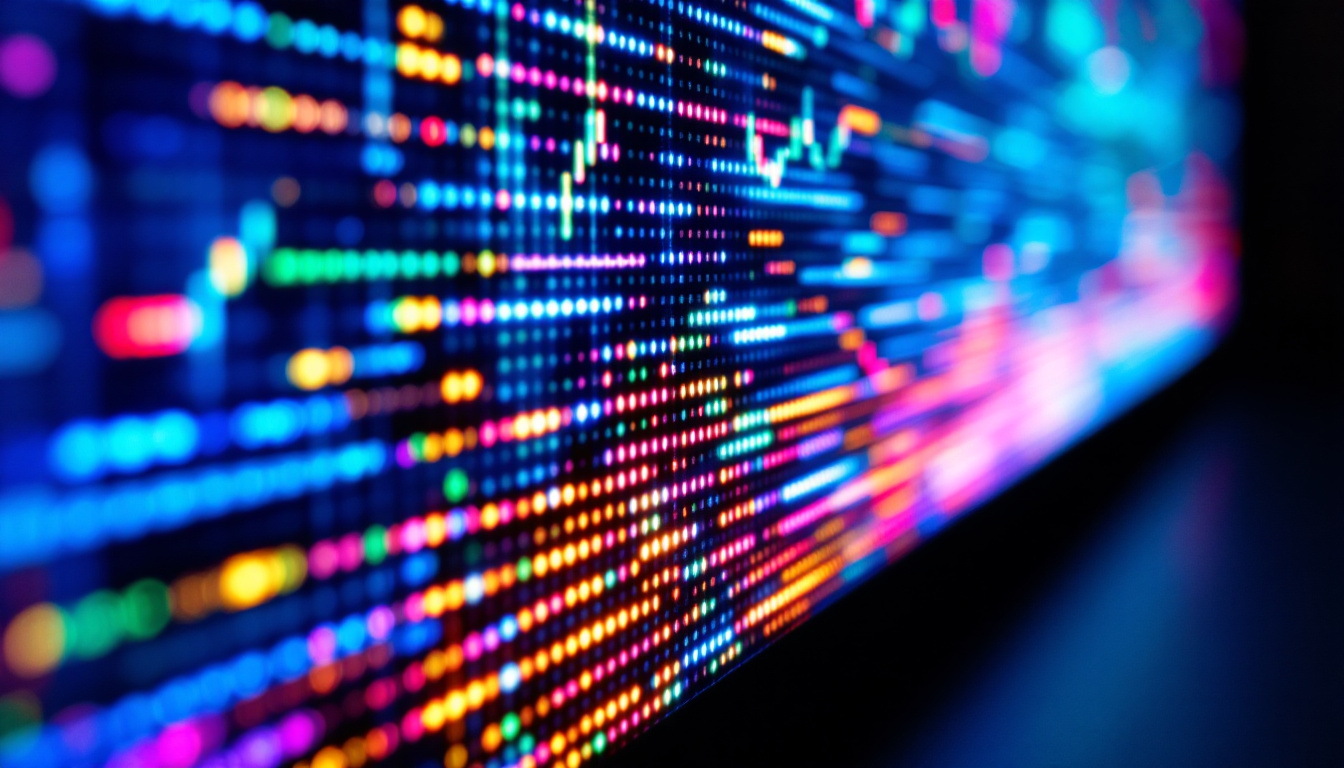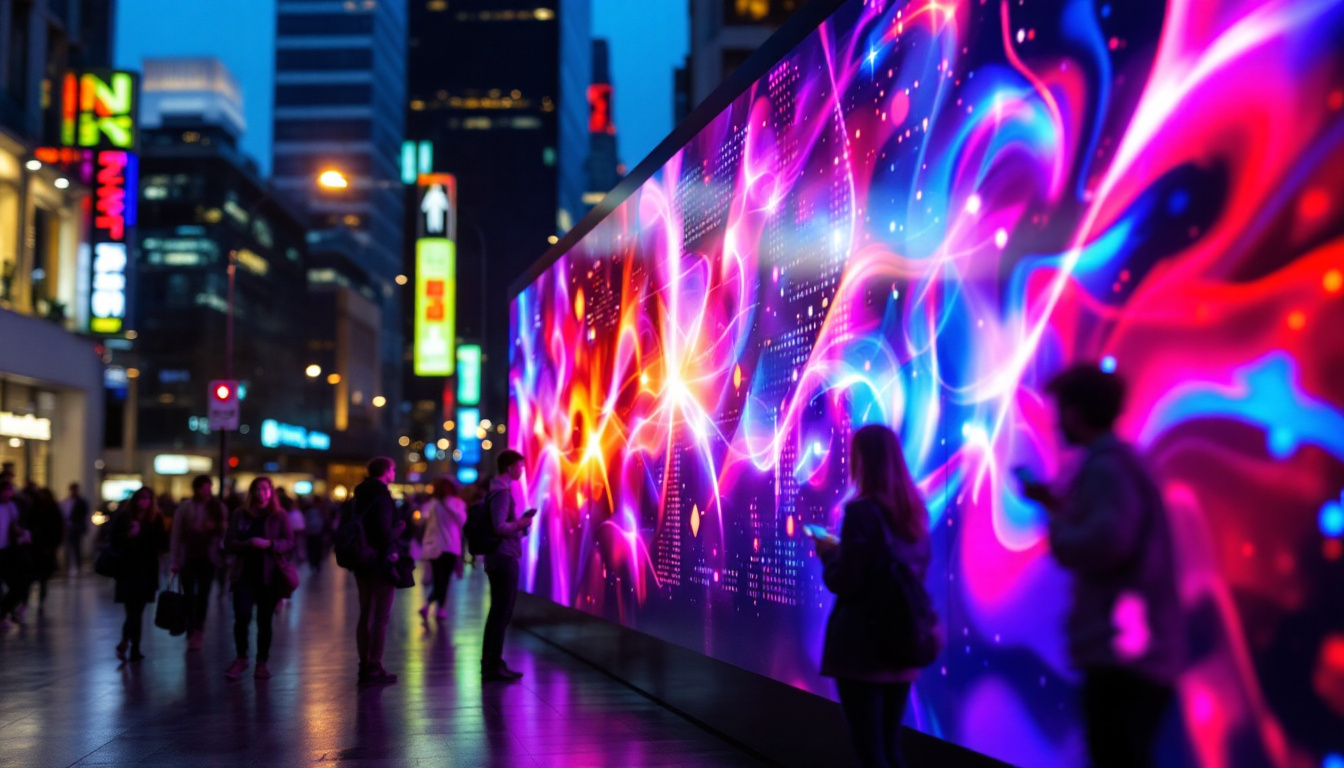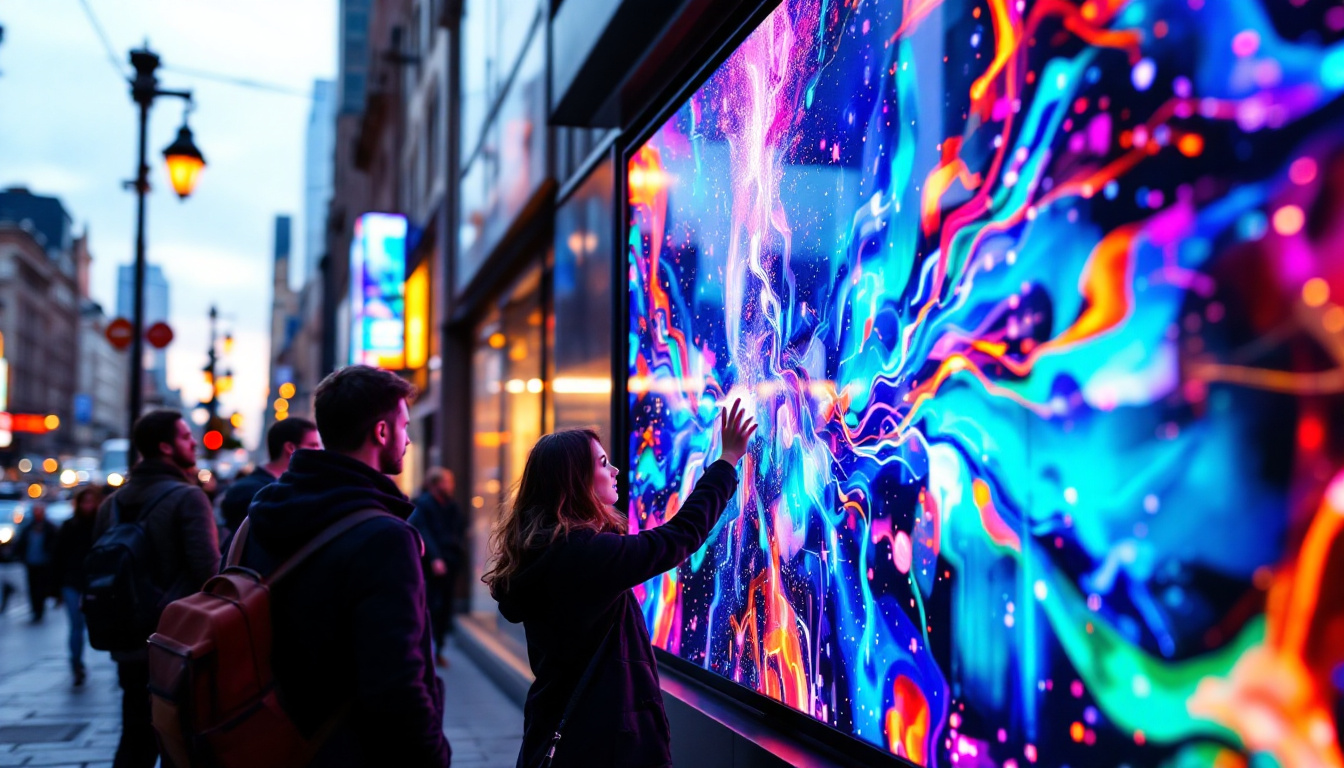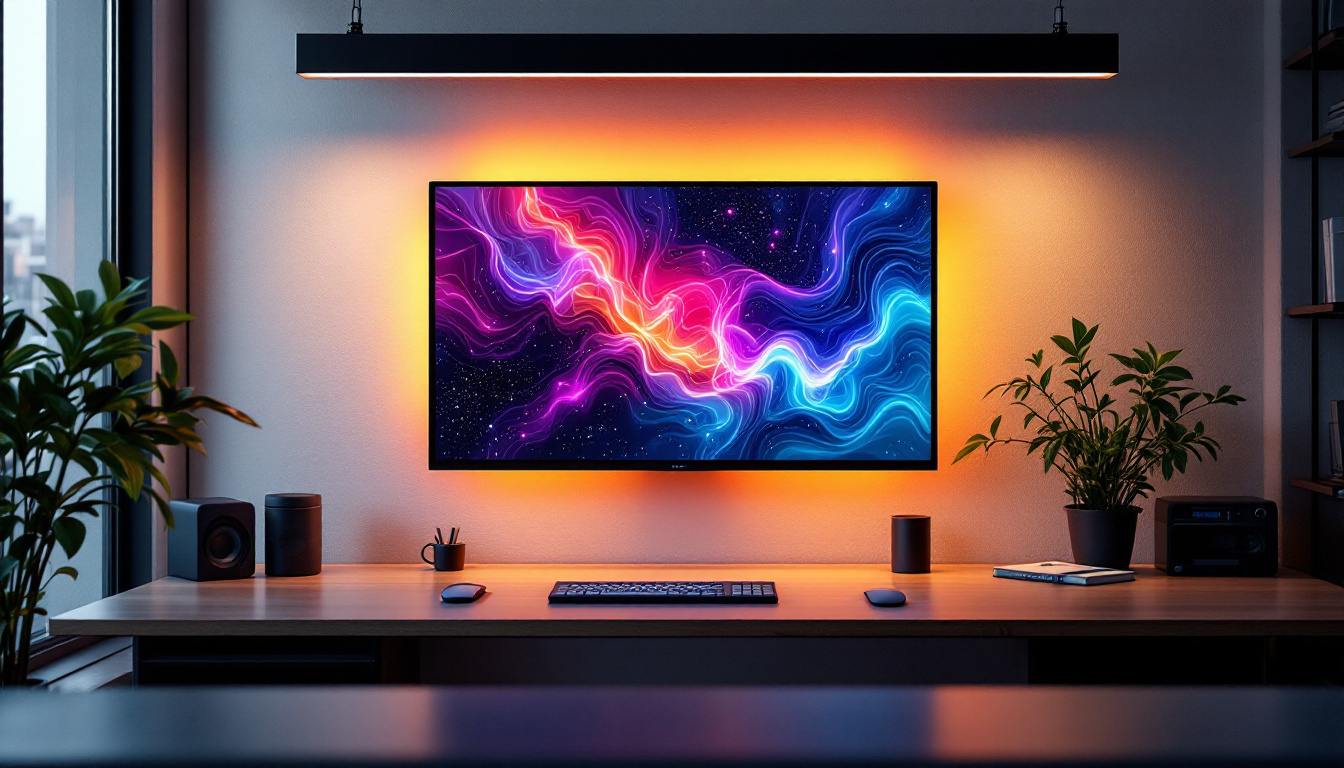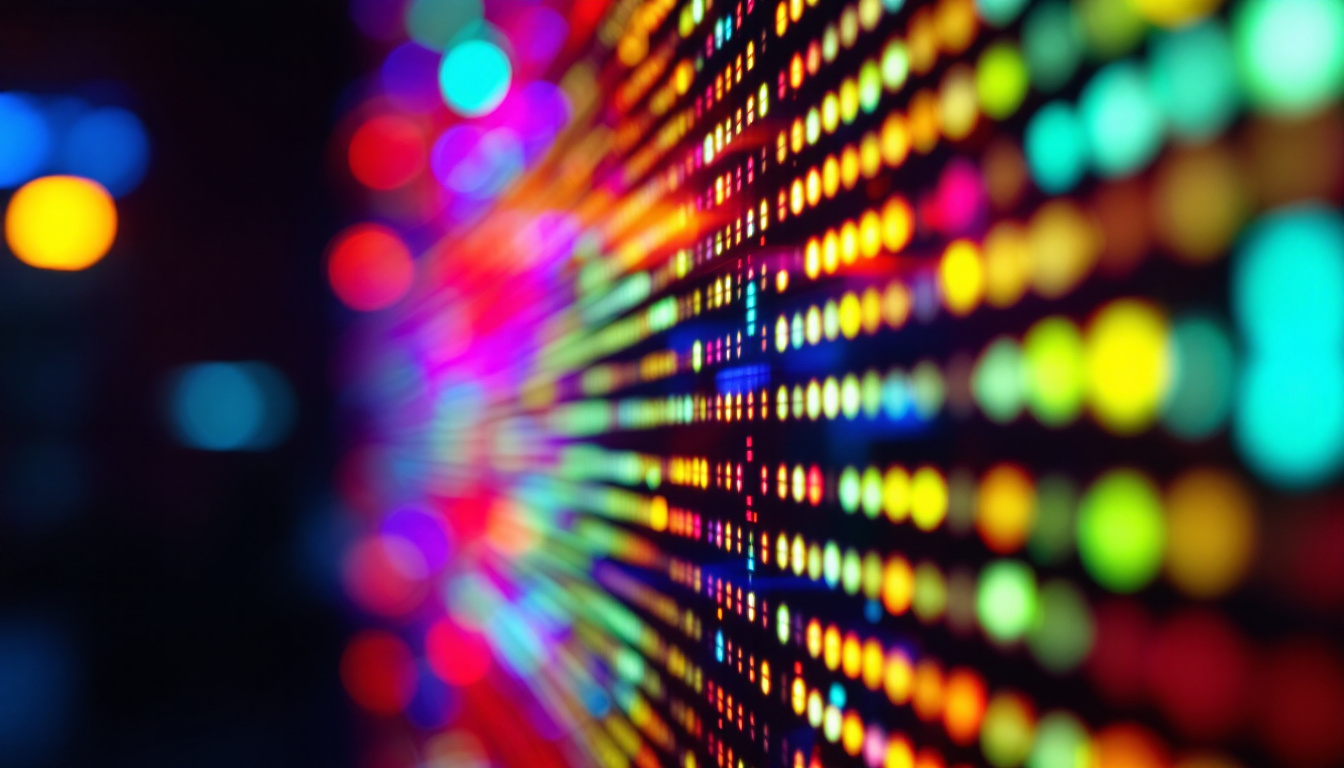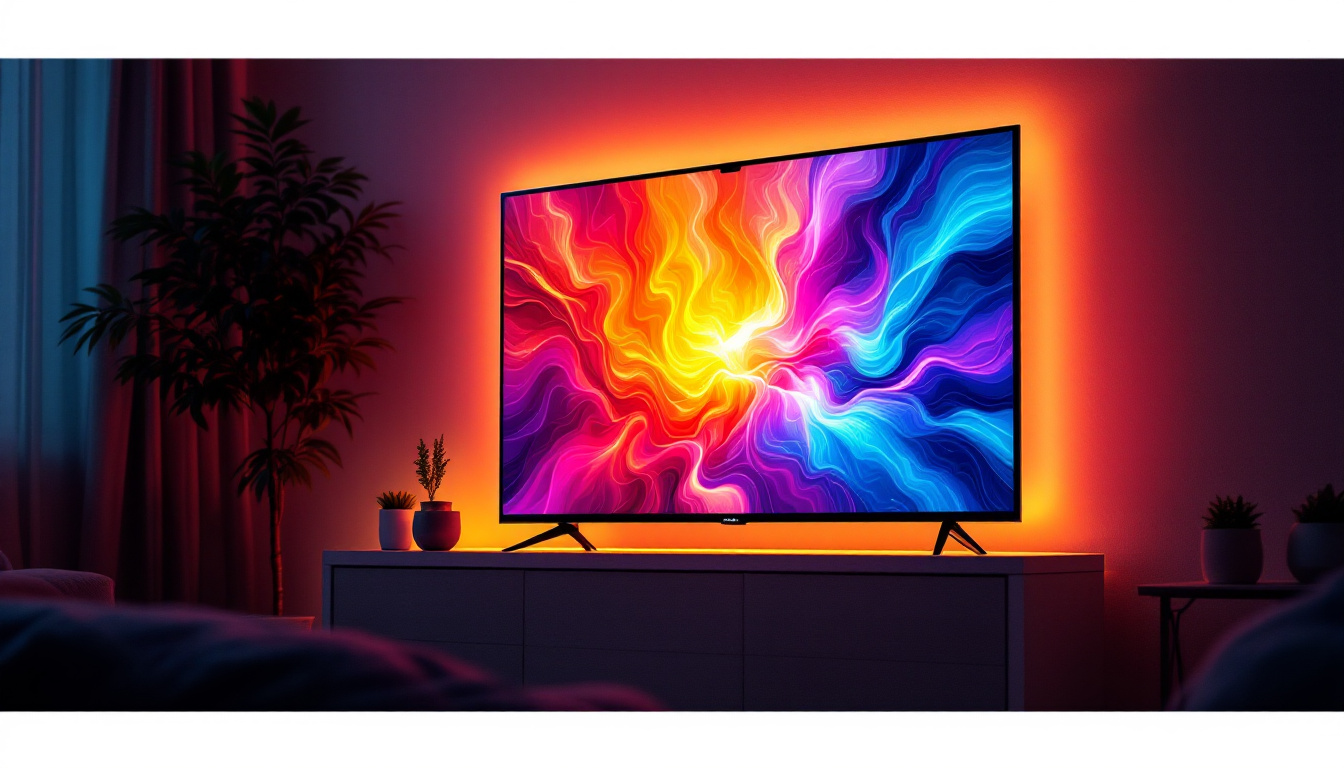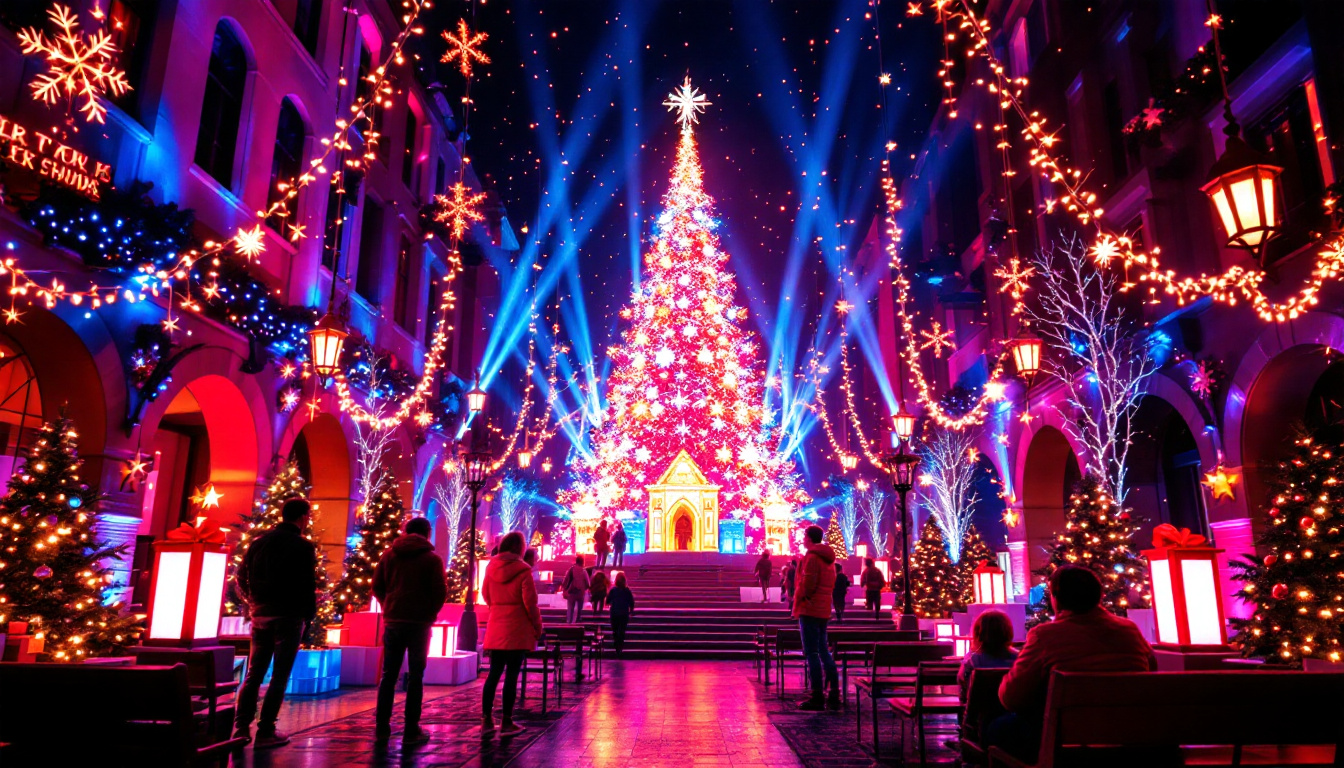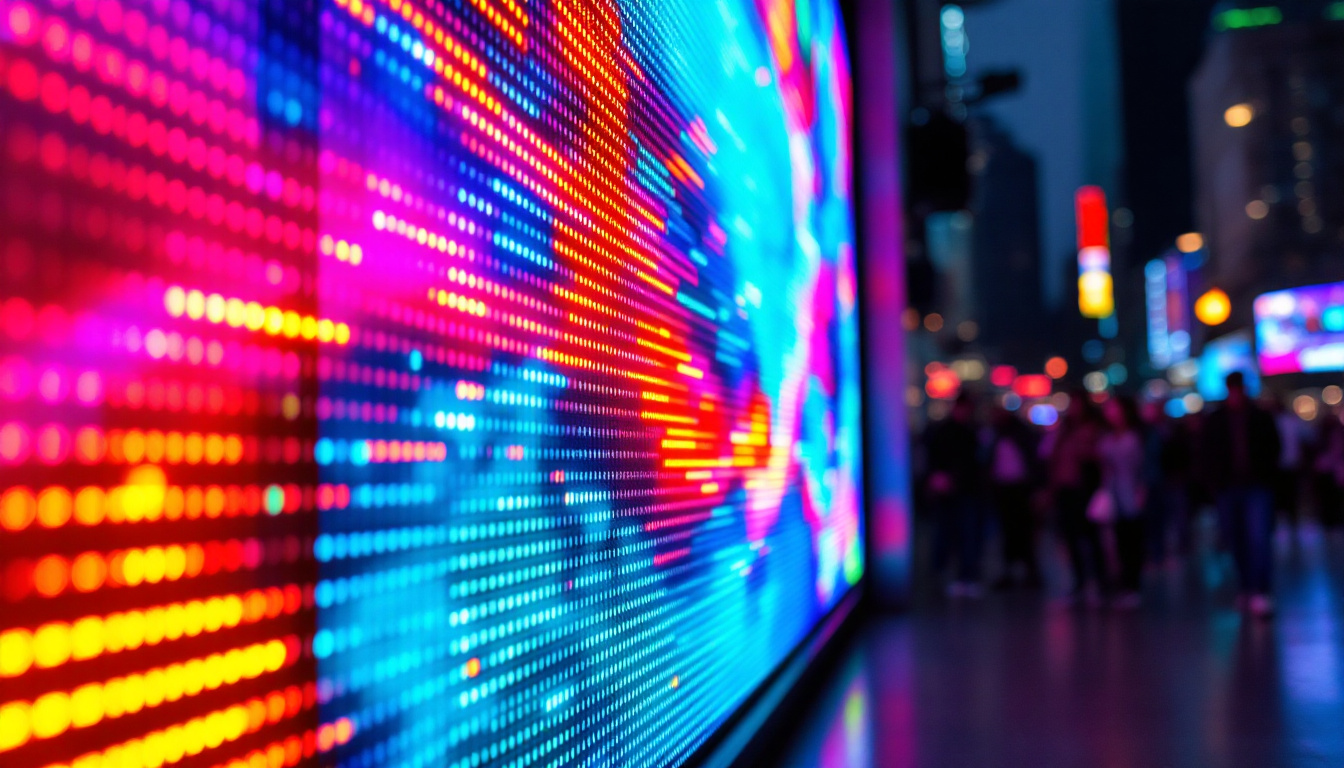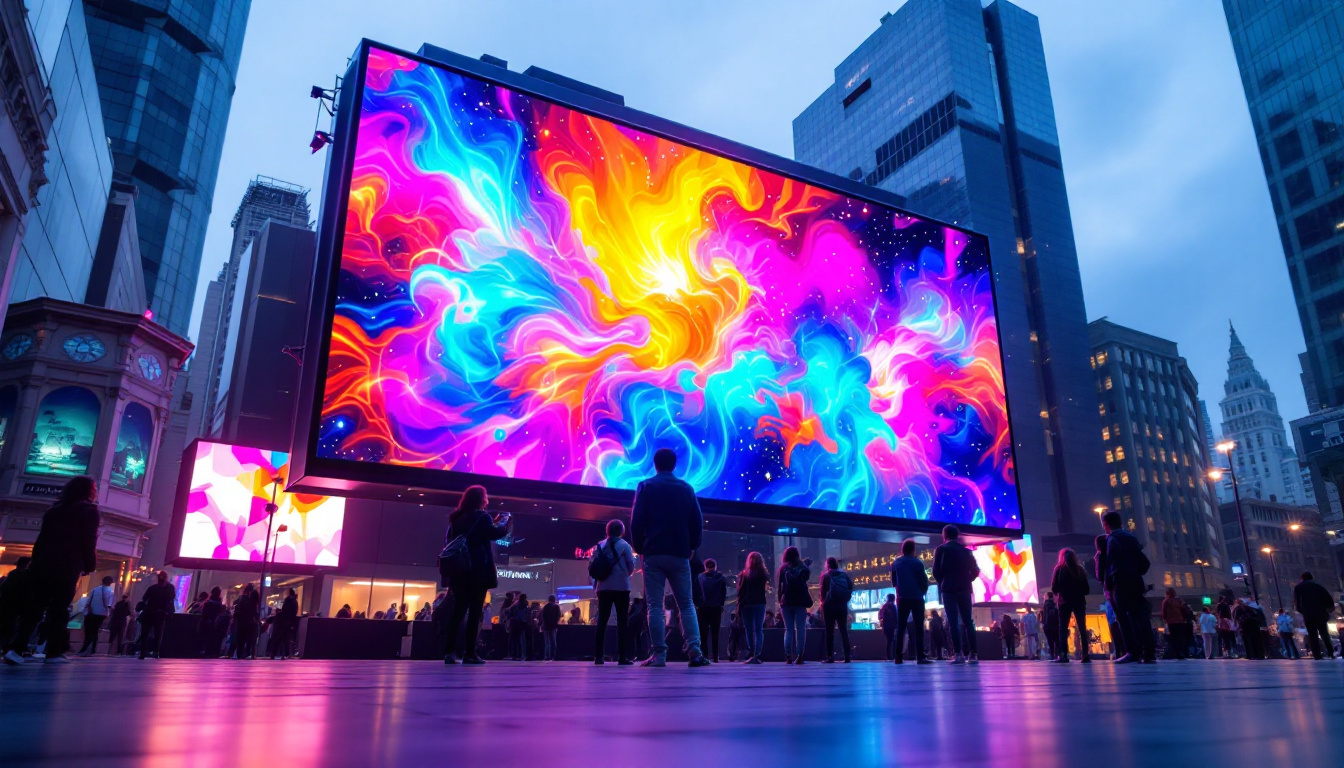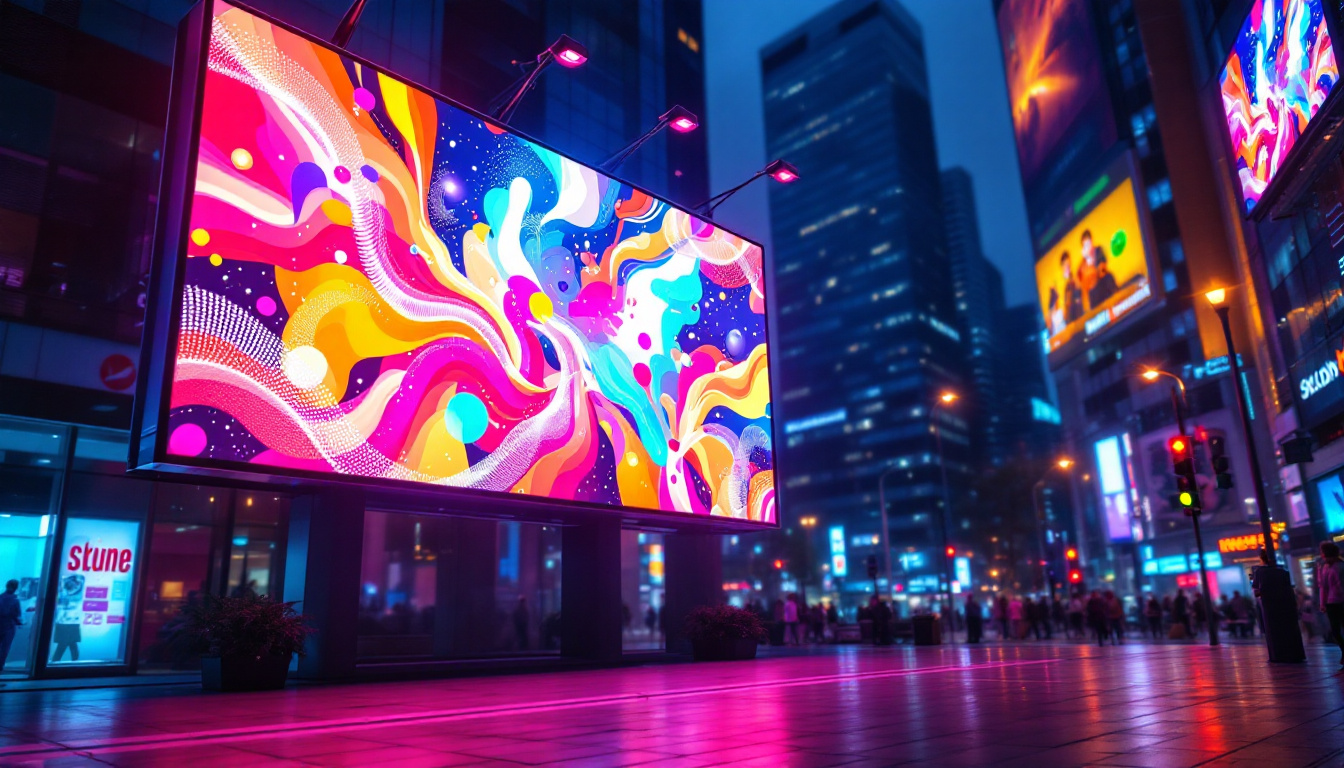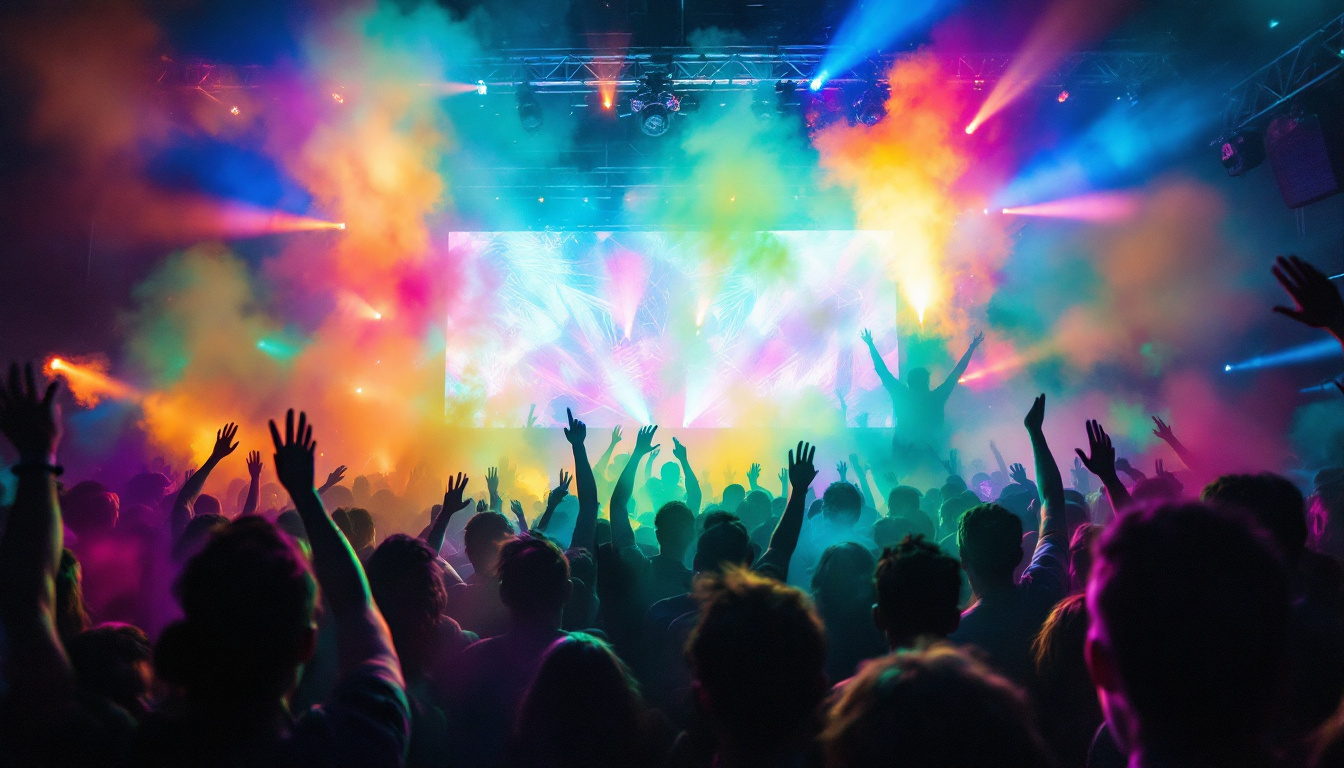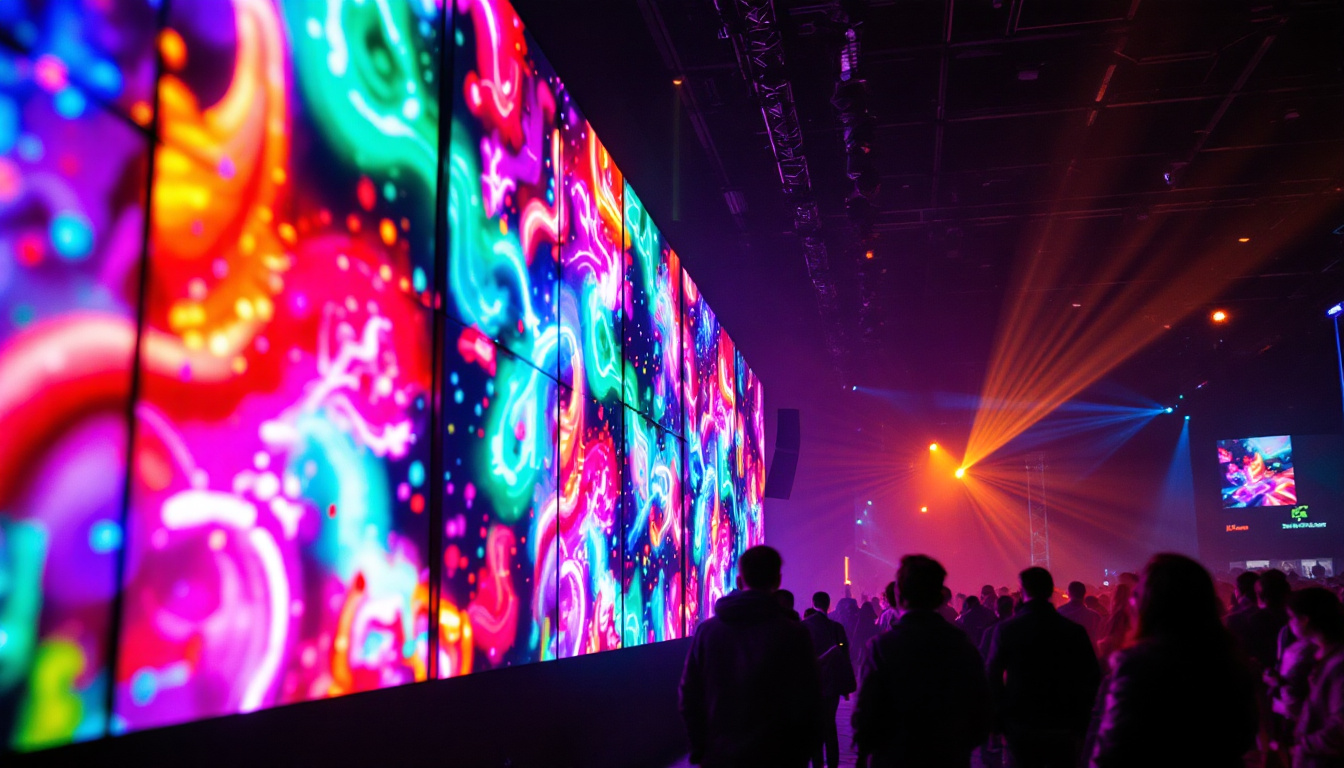The Mandalorian, a flagship series from the Star Wars universe, has captivated audiences with its compelling storytelling and innovative production techniques. One of the standout features of the show is its use of LED display technology, which has transformed the way filmmakers create immersive environments. This article delves into the intricacies of LED displays used in the Mandalorian, exploring their background, advantages, and impact on the film industry.
The Evolution of Filmmaking Technology
Filmmaking has undergone significant changes since its inception, with technology playing a crucial role in that evolution. From practical effects to CGI, each advancement has brought new possibilities for storytelling. However, the introduction of LED displays marks a particularly transformative moment in the industry.
Traditionally, filmmakers relied heavily on green screens to create backgrounds, which required extensive post-production work to integrate live-action footage with digital environments. This method, while effective, often resulted in a disconnect between the actors and their surroundings, impacting performance and viewer immersion.
Green Screens vs. LED Displays
Green screens have long been the standard in visual effects, allowing for the replacement of backgrounds in post-production. However, this technique has limitations. Actors often perform in a void, lacking the visual cues that help them connect with their environment. This disconnection can lead to performances that feel flat or unconvincing.
In contrast, LED displays provide a real-time backdrop that actors can interact with, creating a more authentic performance. The vibrant colors and dynamic visuals of LED screens enhance the overall aesthetic of the scene, allowing for a more immersive experience for both the actors and the audience.
Introduction of StageCraft Technology
StageCraft, a groundbreaking technology developed by Industrial Light & Magic (ILM), utilizes large LED screens to create realistic environments in real-time. This innovation was first showcased in The Mandalorian, where it was used to create stunning landscapes and intricate settings that would have been difficult or impossible to achieve with traditional methods.
The StageCraft system combines high-resolution LED panels with advanced software that allows filmmakers to adjust lighting, perspectives, and backgrounds on the fly. This flexibility not only streamlines the production process but also allows for greater creativity in visual storytelling.
How LED Displays Work
Understanding the technical aspects of LED displays provides insight into their effectiveness in film production. These displays consist of thousands of individual light-emitting diodes (LEDs) that work together to produce vibrant images and colors. The technology behind these displays enables them to deliver high-quality visuals that can be adjusted to match the lighting conditions of the scene.
Resolution and Color Accuracy
The resolution of LED displays is crucial for achieving lifelike visuals. High pixel density ensures that images remain sharp and detailed, even when viewed up close. In The Mandalorian, the use of 4K resolution LED panels allows for stunning clarity, making it difficult for viewers to distinguish between real and digital environments.
Color accuracy is another vital component of LED technology. The ability to reproduce a wide spectrum of colors enhances the visual experience and ensures that the digital backgrounds blend seamlessly with the live-action footage. This attention to detail is essential for maintaining immersion in a fantasy world like that of Star Wars.
Real-Time Rendering
One of the most significant advantages of LED displays is their ability to render images in real-time. This capability allows filmmakers to make immediate adjustments to the background, ensuring that it aligns perfectly with the actors’ performances and the overall vision for the scene. This real-time feedback loop is a game-changer, as it reduces the need for extensive reshoots and post-production work.
Moreover, real-time rendering enhances the collaboration between directors, cinematographers, and visual effects teams. With the ability to see the final product as it is being filmed, creative decisions can be made on the spot, leading to a more cohesive and polished final product.
The Impact on Production Efficiency
The use of LED displays in The Mandalorian has not only revolutionized the visual aspects of filmmaking but has also significantly improved production efficiency. The traditional filmmaking process often involves lengthy setups and adjustments, particularly when working with green screens and CGI.
By incorporating LED technology, the production team can create complex environments quickly and efficiently. This efficiency translates to reduced shooting times and lower overall costs, making high-quality filmmaking more accessible to a broader range of creators.
Streamlined Shooting Process
With LED displays, the shooting process becomes more streamlined. Filmmakers can set up scenes faster, as the need for extensive green screen setups and lighting adjustments is minimized. This allows for more time to focus on performance and storytelling, rather than technical challenges.
Additionally, the ability to visualize the final product in real-time means that directors can capture the perfect shot without the need for multiple takes. This not only saves time but also helps maintain the actors’ energy and focus throughout the shooting process.
Cost-Effectiveness
While the initial investment in LED technology may be significant, the long-term savings can be substantial. Reduced production times lead to lower labor costs, and the need for extensive post-production work is diminished. This cost-effectiveness makes LED displays an attractive option for filmmakers of all budgets.
Furthermore, as the technology continues to evolve and become more widely adopted, the costs associated with LED displays are likely to decrease, making it an even more viable option for filmmakers looking to enhance their productions.
Creative Possibilities with LED Displays
The introduction of LED displays has opened up new avenues for creativity in filmmaking. With the ability to create dynamic and interactive backgrounds, filmmakers can push the boundaries of storytelling and visual effects.
In The Mandalorian, the use of LED technology has allowed for the creation of expansive worlds that feel alive and immersive. From the deserts of Tatooine to the icy landscapes of Hoth, the possibilities are virtually limitless.
Enhanced World-Building
World-building is a critical aspect of storytelling, particularly in fantasy and science fiction genres. The use of LED displays allows filmmakers to create rich, detailed environments that enhance the narrative and draw viewers into the story. This level of immersion is crucial for a franchise like Star Wars, where the universe is as much a character as the individuals within it.
By utilizing LED technology, filmmakers can create environments that respond to the characters and their actions, adding depth and realism to the story. This interactivity enhances the viewer’s experience, making them feel like they are part of the adventure.
Innovative Filmmaking Techniques
LED displays have also inspired new filmmaking techniques that were previously unimaginable. The ability to manipulate backgrounds in real-time has led to creative solutions for complex scenes, such as those involving intricate action sequences or special effects.
Filmmakers can now experiment with camera angles, lighting, and movement in ways that allow for greater artistic expression. This innovation has the potential to redefine traditional filmmaking practices, paving the way for a new era of visual storytelling.
Challenges and Considerations
Despite the numerous advantages of LED displays, there are challenges and considerations that filmmakers must keep in mind. As with any technology, understanding its limitations is crucial for maximizing its potential.
Technical Limitations
While LED displays offer impressive visuals, they are not without their technical limitations. Issues such as color calibration, brightness levels, and screen resolution can impact the overall quality of the final product. Filmmakers must ensure that their LED technology is up to par to achieve the desired results.
Additionally, the size and scale of the LED panels can pose challenges, particularly for larger productions. Finding the right balance between size and resolution is essential for creating a seamless visual experience.
Learning Curve for Filmmakers
As with any new technology, there is a learning curve associated with LED displays. Filmmakers and crew members must familiarize themselves with the intricacies of the technology to fully harness its potential. This may require additional training and resources, which can be a barrier for some productions.
However, as more filmmakers embrace LED technology, the industry is likely to see a shift in skill sets and expertise, ultimately leading to a more proficient workforce capable of leveraging these advancements.
The Future of LED Displays in Filmmaking
The future of LED displays in filmmaking looks promising, with ongoing advancements in technology and increasing adoption across the industry. As filmmakers continue to explore the creative possibilities offered by LED technology, it is likely that we will see even more innovative applications in the years to come.
Moreover, as the technology becomes more accessible, it may democratize filmmaking, allowing independent creators to produce high-quality content without the need for extensive budgets. This shift could lead to a new wave of storytelling that challenges traditional norms and expands the boundaries of cinematic expression.
Potential for Virtual Production
The rise of virtual production, which combines live-action filming with digital environments, is a direct result of advancements in LED display technology. This approach allows filmmakers to create entire worlds without the constraints of location shooting or extensive CGI work.
As virtual production continues to gain traction, it is likely that more filmmakers will adopt LED displays as a standard tool in their production arsenal. This shift could redefine the landscape of filmmaking, making it more efficient and creative than ever before.
Conclusion
The Mandalorian has set a new standard for filmmaking through its innovative use of LED display technology. By blending real-time visuals with live-action performance, the series has redefined the possibilities of storytelling in the Star Wars universe and beyond. As the industry continues to evolve, LED displays are poised to play a pivotal role in shaping the future of film production.
With their ability to enhance production efficiency, creative possibilities, and overall viewer immersion, LED displays represent a significant leap forward in the art of filmmaking. As filmmakers embrace this technology, the potential for groundbreaking storytelling is limitless, promising exciting developments for both creators and audiences alike.
Discover the Future of Visual Storytelling with LumenMatrix
Ready to take your production to the next level with the same cutting-edge LED display technology that brought The Mandalorian’s worlds to life? LumenMatrix is at the forefront of LED innovation, offering a wide array of solutions from Indoor and Outdoor LED Wall Displays to specialized options like Vehicle, Sports, and Floor LED Displays. Whether you’re looking to create immersive environments or enhance brand visibility, our Custom and All-in-One LED Displays, including Transparent options, are designed to captivate and engage. Check out LumenMatrix LED Display Solutions today and transform your visual storytelling into an unforgettable experience.

